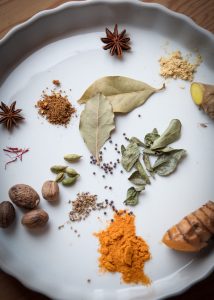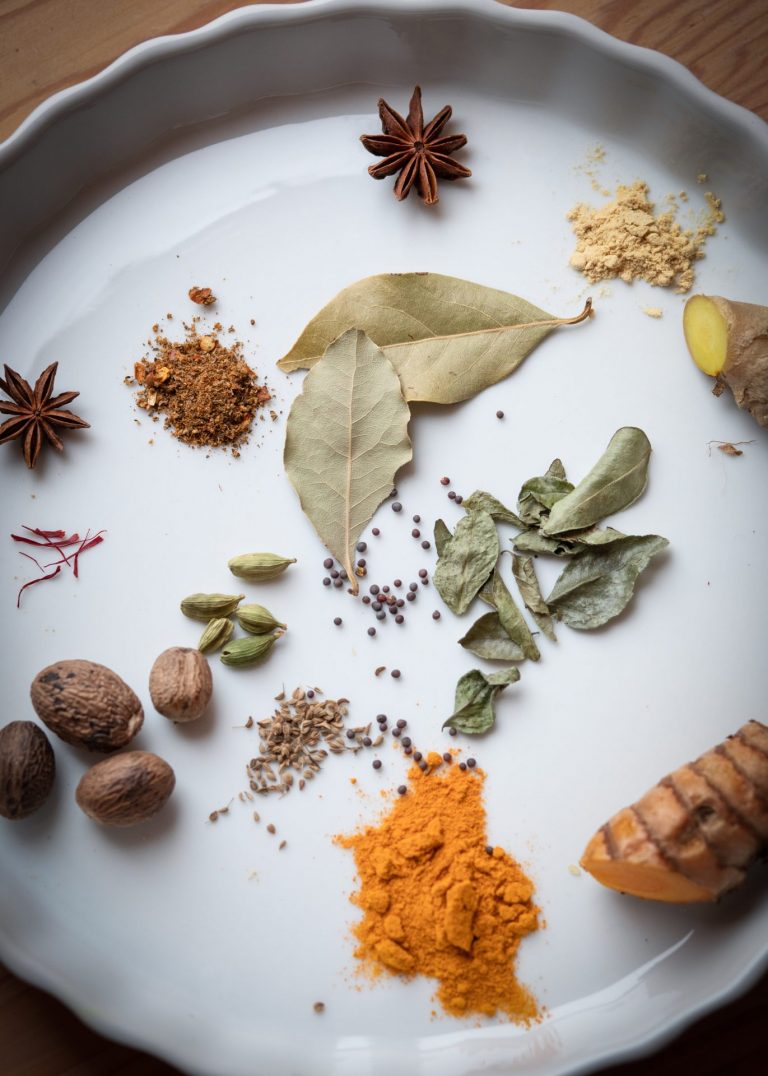You might have seen the tagline in our shop window: Ayurveda, the smart way to live.
There are multiple facets to ayurvedic practice. It is a complementary and alternative system of medicine to orthodox allopathic medicine, the latter being the one that most resort to when facing health issues such as general malaise, fatigue, digestive issues, sleep disturbances, random or specific pains and aches, lack of energy even after eating well. These conditions often come under the umbrella of undiagnosable imbalances. Remedies provided by GPs are limited as the problems are identified with difficulty. Here’s where ayurveda can step in.
Ayurveda is practiced as clinical medicine but mostly it is lifestyle medicine where focus falls on not falling ill in the first place. Ayurvedic practice of disease prevention is based on spotting imbalances right from the start, before they even become an issue.
There are three identifiable stages of disease development in Ayurveda before specific diagnosis can even be made. That would happen in the fourth stage only. Health maintenance is dependent on keeping the problem crossing the threshold of diagnosis. For this, one needs daily self-observation with attention on feelings of discomfort surfacing in any given situation.
Wellbeing means feeling safe and comfortable. When fear and discomfort set in, the bodymind asks for change by sending in a feeling. We change position, put more clothes on, drink water, go to sleep, eat food, seek for comfort from a loved one or exercise. These actions are provoked by feelings or pain, cold, dryness, tiredness, hunger, loneliness and heaviness respectively. When the bodymind is not happy, it sends us a message, a feeling that drives us to change the state of affairs, behave in a way that takes us back to the place of comfort.
An interesting fact is that when we feel well, safe and comfortable in other words, we don’t really feel the body and the mind is focused on what we are currently doing. The vehicle is in perfect fit to perform. It is obviously possible to stop momentarily, feel the body and enjoy the feeling of contentment. However, generally the bodymind is just expected to help us to get to our goals without complaints. In imbalance, the messages come to the mind and can slow down or even disrupt the task at hand.
Finding balance, aka wellbeing, with Ayurveda is noticing surfacing feelings and acting as soon as possible. For example, when feeling cold in a spring terrace with friends, you might resort to a cup of hot tea or put on the cardigan and you might have solved the problem. If you, however, would take an icy drink instead, ignore the comfort of a cardigan and spent the whole evening exposed to cold breeze up on the roof terrace, you would likely catch a chill. That is where you are close to a diagnosable disease. The process could have been stopped by reacting to the first feeling.
Spotting surfacing feelings and acting on them is an easy and practical way to manage health. The earlier you spot an imbalance the smarter you are. You have listened to the body and taken action accordingly.
Ayurveda is a science of feeling, where rather than finding a name for an imbalance, we classify it by how it feels. Problem solving is common sense: the opposite feeling. The beauty of this approach is that you already behave like this: when your skin is dry, you moisturise, when the mouth is dry you drink water, when the body is heavy you move, when the mind is too fast you ground. Ayurveda is in you, it is your instinctive behaviour and it does not have to be taught to you. You can, however, be smart about it. Engage the principle of healing and consciously use the natural law of polarities in any place, context and time. This is often the fastest, easiest and most practical way to find yourself back in wellbeing.
More Posts

That one thing about detoxing
Stress and cold cause constriction. The body becomes tight by the expectation or the actual experience of fear. The same constriction happens when we feel cold.

Hand on my heart confession
The palms of our hands reflect to our heart. We basically carry our heart in our hands.

Anxiety: seasonal disorder
Anxiety is an emotional response of the body to a feeling of fear. The thing is, you don’t really need to have anything specific to fear. If you do not protect yourself against the seasonal qualities, you might create a sensation of fear out of nowhere.

Seasonal Cravings and Aversions
Cravings and aversions are the bodymind’s way of signalling we need to make a behavioural change.





Leave a Reply
You must be logged in to post a comment.